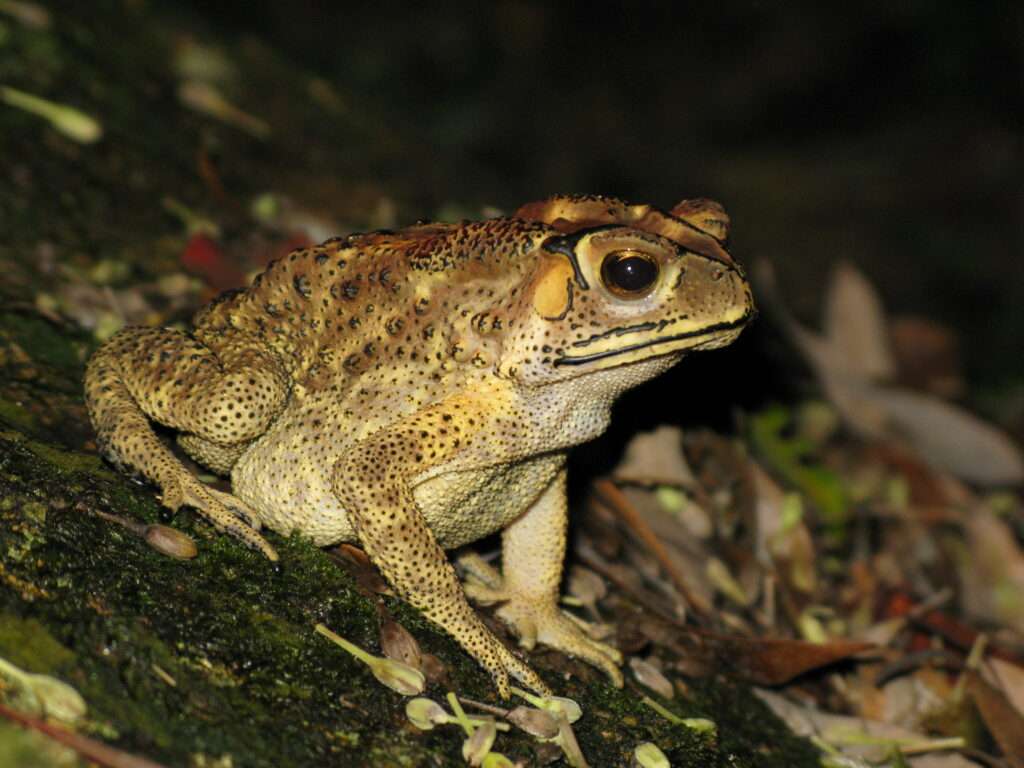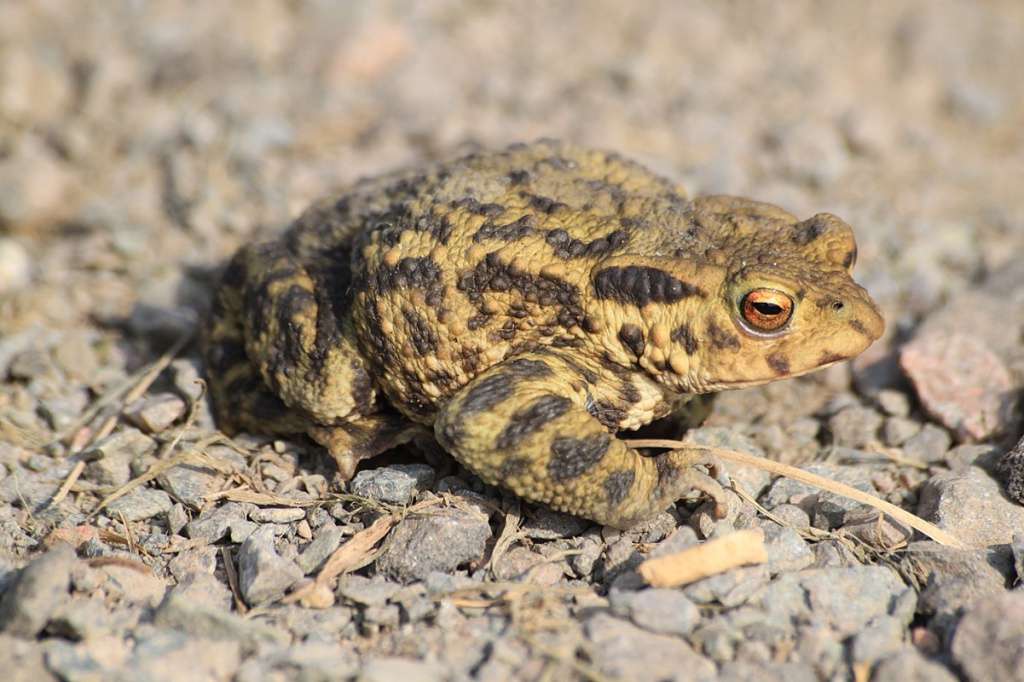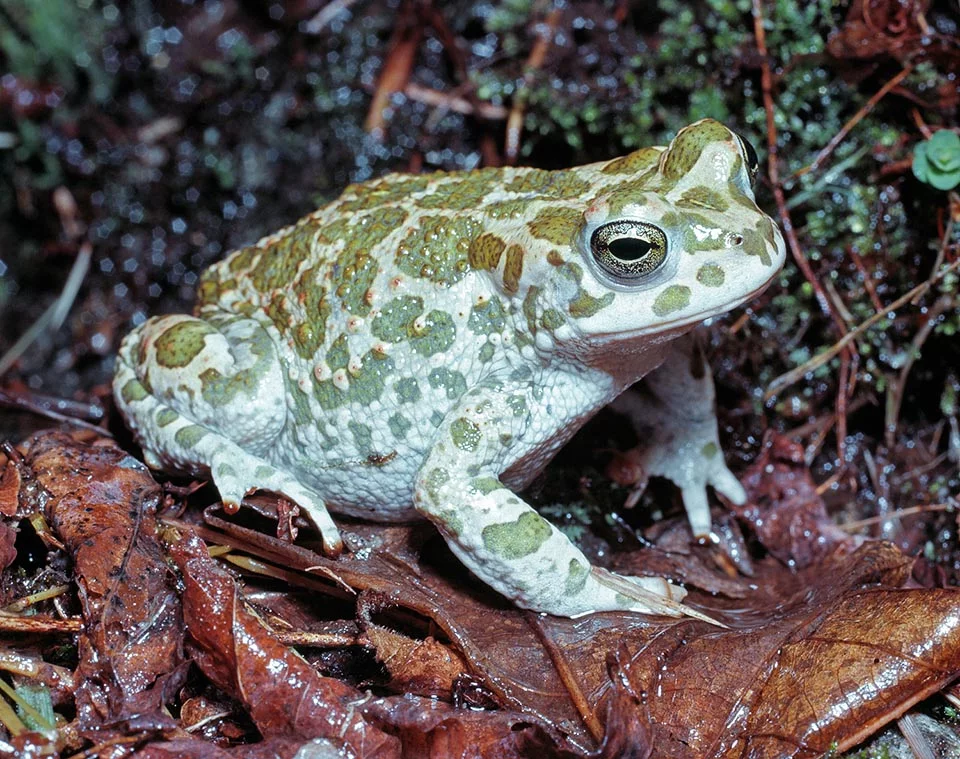
In Singapore, the most prevalent and well-known native terrestrial amphibian is the Asian Common Toad (Duttaphrynus melanostictus). They are so common and numerous (not only in Singapore, but all around Asia), you can find them in a variety of settings, including the edges of forests, ponds, and even your own neighborhood. Due to its numerous warts and dry skin, the Asian Common Toad may appear to be aesthetically unpleasant, yet a closer inspection reveals interesting characteristics that are detailed in this species page.
Range and Habitat
The Asian common toad (Duttaphrynus melanostictus) is widely distributed throughout the continent. North of Pakistan, through Nepal, Southern China, Sri Lanka, Myanmar, Vietnam, Thailand, Cambodia, Lao, Malaysia, Singapore, and Indonesia, the natural distribution reaches (Sumatra, Java, Borneo and Natuna Islands). East Timor has also lately seen the discovery of B. melanostictus.
Asian common toads are nocturnal terrestrial toads that can be found up to 2000 meters above sea level in all subtropical and tropical regions. Although Asian common toads are opportunists when it comes to habitat selection, they choose lowland regions including gardens, lowland disturbed woods, forest edges, riparian areas, deep evergreen forests, and areas where humans have a significant presence in agriculture and urban areas.

Appearance
Asian common toads have short limbs, a moderately sized head, and a mid to big stature. These have dry, thick skin with protruding parotid glands and pronounced cranial ridges. Males’ snout-vent lengths range from 57 to 83 mm, while female snout-vent lengths range from 65 to 85 mm. On the skull, there are elevated ridges, and the border of the eyelids has a long, dark crest. This species’ colors vary greatly and can be anything from plain brick red to nearly completely black. The most prevalent colour pattern is a strong pale yellow-brown with dark or reddish brown patches and streaks. The throat of juveniles has a black ring that extends from the chin to the breast. Young children lack warts and have tiny tympanums. Tadpoles are returned, now only about 15 mm long and in groups.
Food
Although known to be opportunists and willing to eat a range of arthropods and even mollusks, Asian common toads are insectivorous. Although these toads are opportunistic feeders, sawflies, wasps, bees, ants, beetles, and termites were the insects that showed the greatest abundance in the stomach. This toad consumes a variety of crop pests and other insects that are known to be harmful to humans, such as mosquitoes.
Reproduction
In general deep and peaceful waters or pools, the female will lay a black long string of eggs, which the male will externally fertilize. Eggs are laid on submerged vegetation 22 and are encased in a thick mucus layer. An average of 40.000 eggs were found in each clutch.
Table





